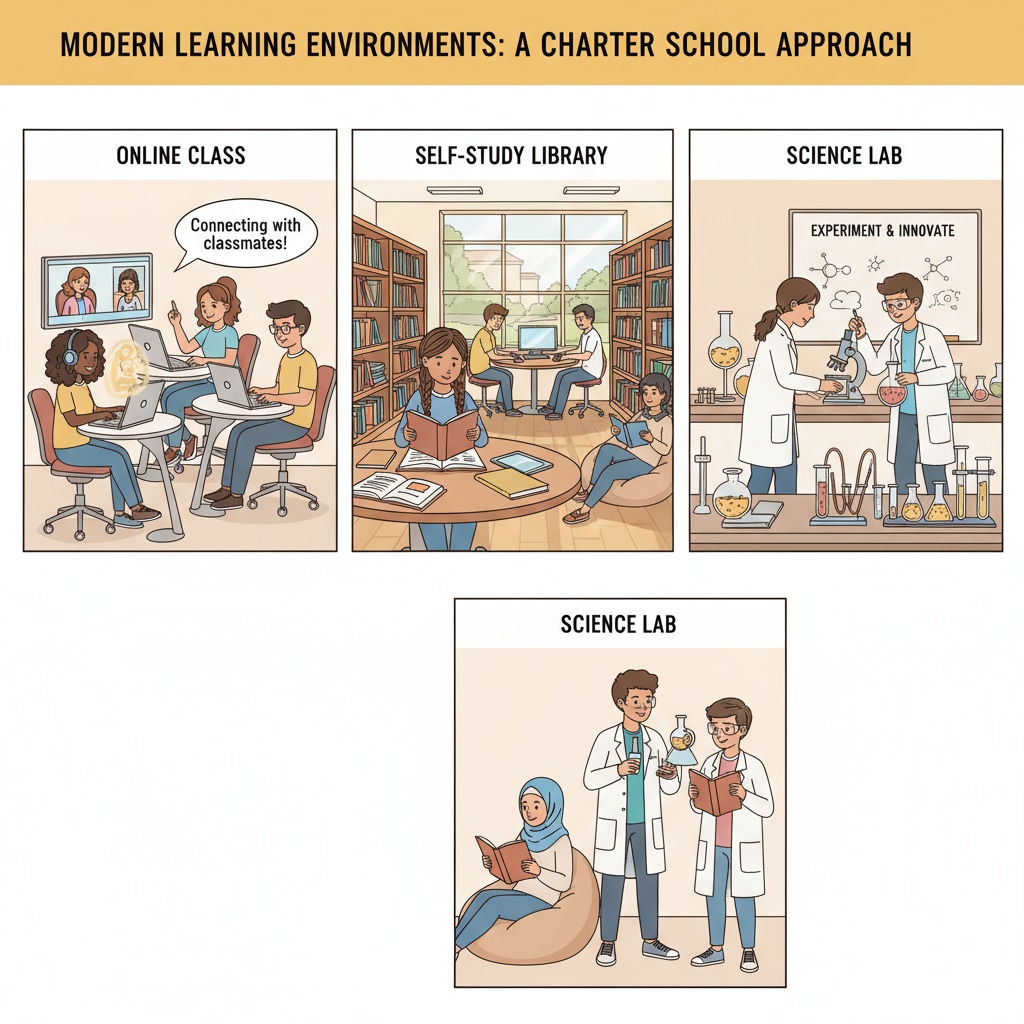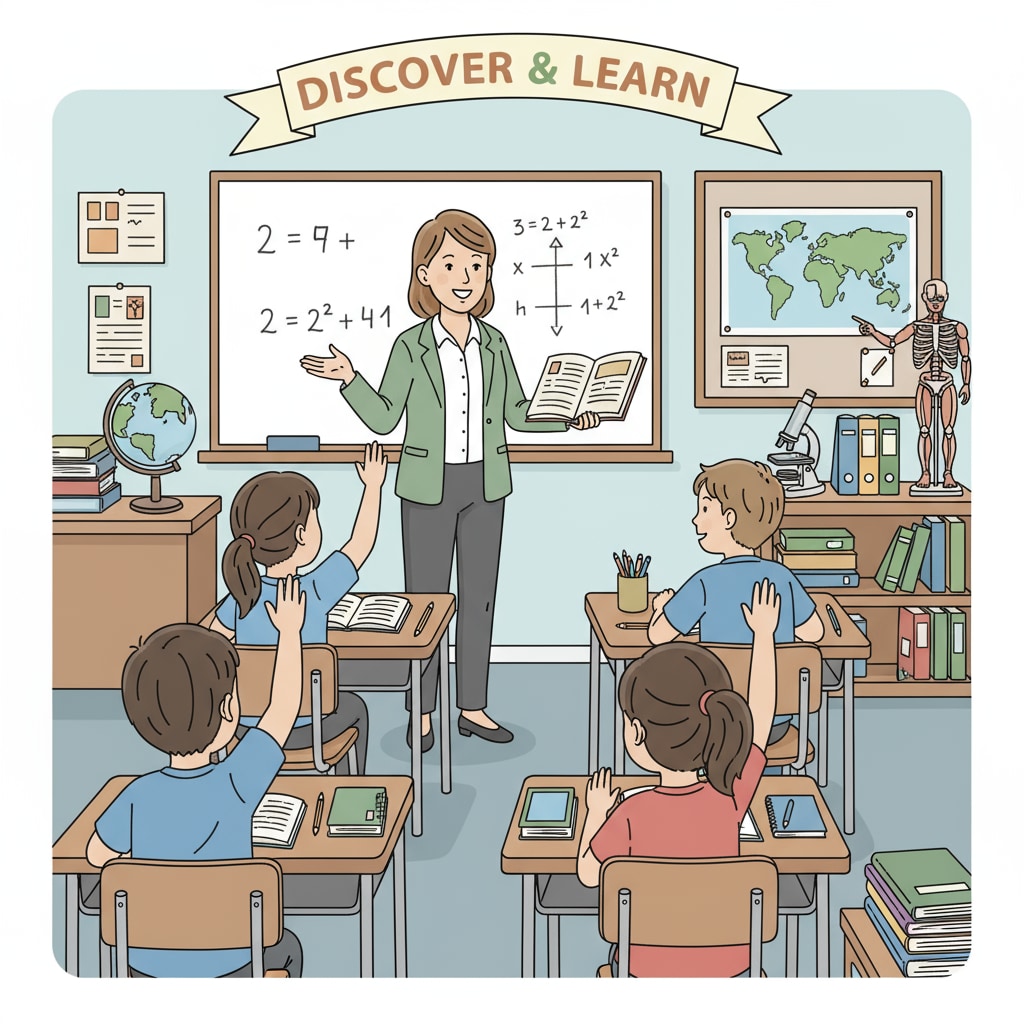In the modern realm of education, the concepts of diplomas, GED, high school education, and educational choices have taken on new dimensions. Gone are the days when the only path to a high school diploma was through a traditional brick-and-mortar public high school. Today, students and parents are presented with a plethora of alternatives, each with its own set of advantages and disadvantages.

This article aims to comprehensively compare these options to assist in making an informed decision.
Traditional Public High Schools
Traditional public high schools have long been the cornerstone of high school education. They offer a structured environment with a wide range of extracurricular activities, including sports teams, clubs, and performing arts groups. Students get to interact face-to-face with teachers and peers on a daily basis, which can enhance social skills. According to Britannica, public schools are funded by the government, providing access to education for all students regardless of financial background. However, large class sizes can sometimes limit individual attention, and the standardized curriculum may not cater to every student’s unique learning pace or interests.

The GED Option
The General Educational Development (GED) test is a well-known alternative to a traditional high school diploma. It allows individuals who have not completed high school to demonstrate their high school-level academic skills. As stated on Wikipedia, the GED covers four main subject areas: language arts, mathematics, science, and social studies. One major advantage is its flexibility. It can be taken at various testing centers, and there are often study materials available for self-preparation. However, some employers and institutions may view a GED as less prestigious than a traditional high school diploma.
Online High Schools
Online high schools have gained significant popularity in recent years. They offer the flexibility of studying from anywhere with an internet connection. Students can set their own schedules, which is ideal for those with other commitments such as work or family responsibilities. Additionally, online high schools often provide a variety of courses that might not be available in a traditional school. However, the lack of in-person interaction with teachers and classmates can be a drawback for some students. It requires a high level of self-discipline to stay on track with the coursework.
Charter Schools
Charter schools are publicly funded but operate independently from the traditional school district. They are known for their innovative teaching methods and specialized programs. For example, some charter schools focus on STEM education, while others may emphasize the arts. This allows students to explore their interests more deeply. Charter schools also typically have smaller class sizes, enabling more individualized attention. Nevertheless, the availability of charter schools can be limited depending on the location, and they may have specific admission requirements.
Self-Study Programs
Self-study programs provide students with the freedom to learn at their own pace. There are numerous resources available, such as textbooks, online courses, and educational apps. This option is cost-effective and allows students to tailor their learning to their specific needs. However, self-study can be challenging without the structure and support of a formal school environment. It’s crucial for students to have a strong self-motivation and a well-planned study schedule.
Readability guidance: As we’ve seen, each option for obtaining a high school diploma – diplomas, GED, high school education through different means – has its own merits and demerits. By carefully considering individual circumstances, students and parents can make an educational choice that best suits their goals. Whether it’s the traditional route, the flexibility of the GED or online learning, or the specialized programs in charter schools, the key is to make an informed decision for a successful educational journey.


